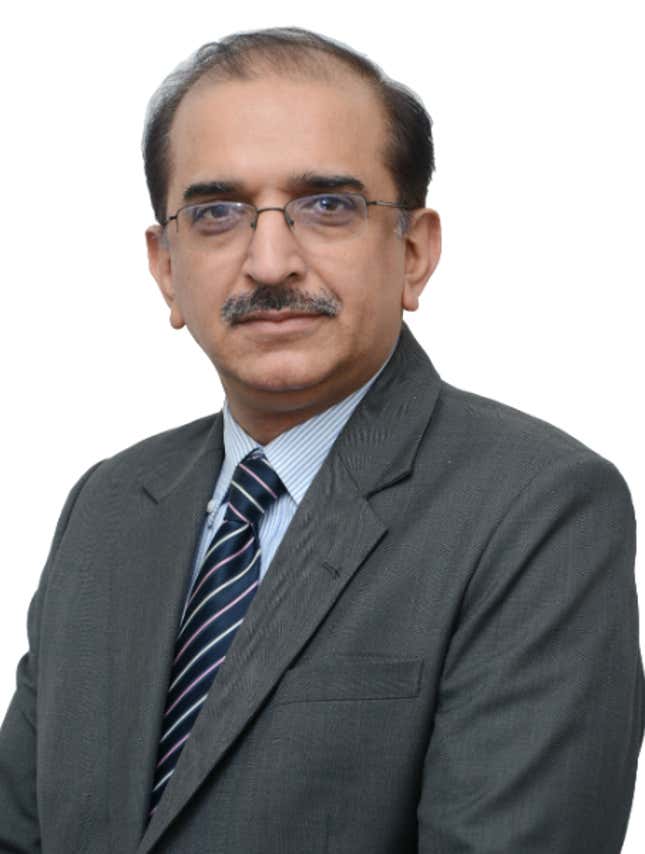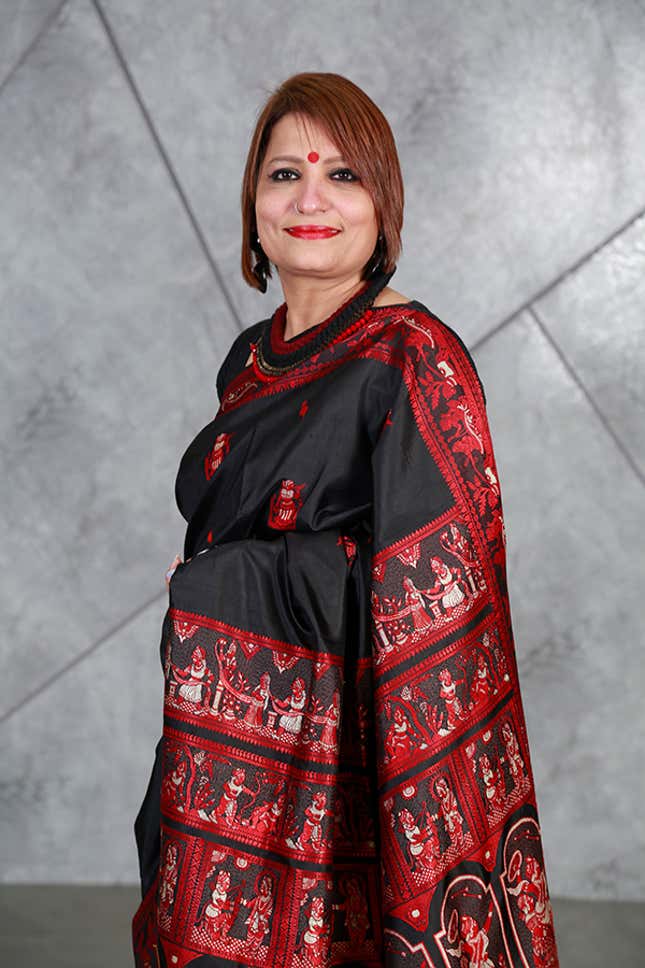In 2010, a new management team took charge of a floundering regional bank in the western Indian state of Maharashtra. Though founded less than 400 km from financial capital Mumbai in 1943, Ratnakar Bank had till then remained largely inconsequential for the rest of the country.
The new leadership, led by MD & CEO Vishwavir Ahuja, comprised bankers who had worked in cosmopolitan cities like Hong Kong and Singapore—a far cry from Kolhapur, where Ratnakar was incorporated.
Yet, the combination worked and the team managed to transform the parochial organisation into one of the fastest-growing private sector lenders in India, now called RBL Bank. So much so that when it listed on the stock exchanges almost three years ago, investors called it the next “HDFC Bank-like franchise.”
Quartz spoke to its executive director Rajeev Ahuja and HR head Shanta Vallury Gandhi to understand how new bosses can earn their employees’ trust, even when they come from a completely different world. This is the third piece in our Jobs of the Future series.
Edited excerpts:
Rajeev, you had worked with global companies such as Citigroup and Deutsche Bank in Hong Kong and Singapore before joining RBL in 2010. How did you make employees at this traditional bank trust you?
Rajeev Ahuja: You have to be very open and inclusive about what you are trying to do. A lot of times, a lack of communication leads to distrust. You cannot change an old organisation just by floating a strategy document or sending an email. Trust has to be won in person and it has to be won in the founding place of the bank.
I have been in foreign banks and they go through this merger process every seven or eight years…what gets lost in the financial details are the cultural implications of two institutions coming together. We were sensitive to the fact that this is not a takeover but a transformation of an organisation into something more impactful and relevant. We tried to understand Ratnakar Bank and its business.
A new leadership team can’t just come in and say this is what we want to do. We came from different backgrounds and did not try to make RBL Bank into what we had left behind. Instead, we tried to learn the strengths and gaps in the system. If you focus only on the gaps, then you will miss the big picture and won’t be able to connect with your employees at an emotional level.
What were these strengths and gaps?

Ahuja: A lot of employees from the Ratnakar days wanted to do more for their clients but they were hamstrung due to lack of technology, branding, and infrastructure. On the other hand, there were areas where the staff was uniquely good. We started our financial inclusion business—which was a new field for the leadership team—in 2011. We started our agri-banking business because the client and talent base of old Ratnakar was very well-versed in it.
Early on, we built a culture of employee ownership through ESOPs (employee stock ownership plan), and that is something we are proud of. When we went public, 60-65% of the staff had some sort of ownership in the bank. The idea is not to get caught in this you-don’t-know-this and I-don’t-know-this game. We need to learn together and make some mistakes together. Skillset and knowledge can always be shared and imparted. What you really want is people buying into the common vision and having the right attitude.
What were some of the initial steps you took to win trust?
Shanta Vallury Gandhi: In the first 90 days, we invested in meeting each employee to understand his or her objectives and challenges.
Almost the entire Ratnakar staff spoke Marathi (the regional language of Maharashtra). All circulars were in Marathi. Even in our Delhi office, the staff spoke mainly Marathi. We could have easily discarded that practice and started communicating in English. But we did not go about it that way. The first thing we did was to start English classes for our staff. Coming from a foreign bank, it would have been easy for us to assume that English is the only language of communication. But what we did, instead, was to start talking in a language they understood so that they felt we are inclusive.
Second, we had a union, and we still do have one. We convinced them that we are here to change the bank and not take over the bank. Normally, these discussions in a global bank would have been done by the HR team or the labour-initiative person. Here, the MD and key management staff were personally involved in ensuring that every employee was aware of our vision. Talking to the union was a big learning for all of us because we didn’t come from union management courses.
Third, we all took train and road journeys regularly to Kolhapur, even though the leadership team was based in Mumbai. Today, all our meetings, even the annual general meeting, happen in Kolhapur. This sends the message that we are inclusive.
Going forward, what is that one job that is going to be critical for your bank?

Gandhi: Chief risk officer—mainly because the regulatory framework, risk and governance landscape of the country is changing rapidly. Secondly, understanding cybersecurity and information security in the changing world of digital will play an important role for regulated institutions.
And which jobs will disappear?
Gandhi: There would be a lot of automation in operations. Data science jobs will increase as will roles that are customer-facing.
What is going to be the biggest challenge for the banker of 2029?
Gandhi: Developing leadership skills is going to be the biggest challenge for the kids of today. They are so digitally-savvy that they can sit across the table and have no human interaction at all for an hour. The biggest challenge would be to see how they become social and what is their idea of social.
Ahuja: I am worried that they will not know literature, history, or sociology… because knowledge of these is needed a lot more than we realise in banking.
